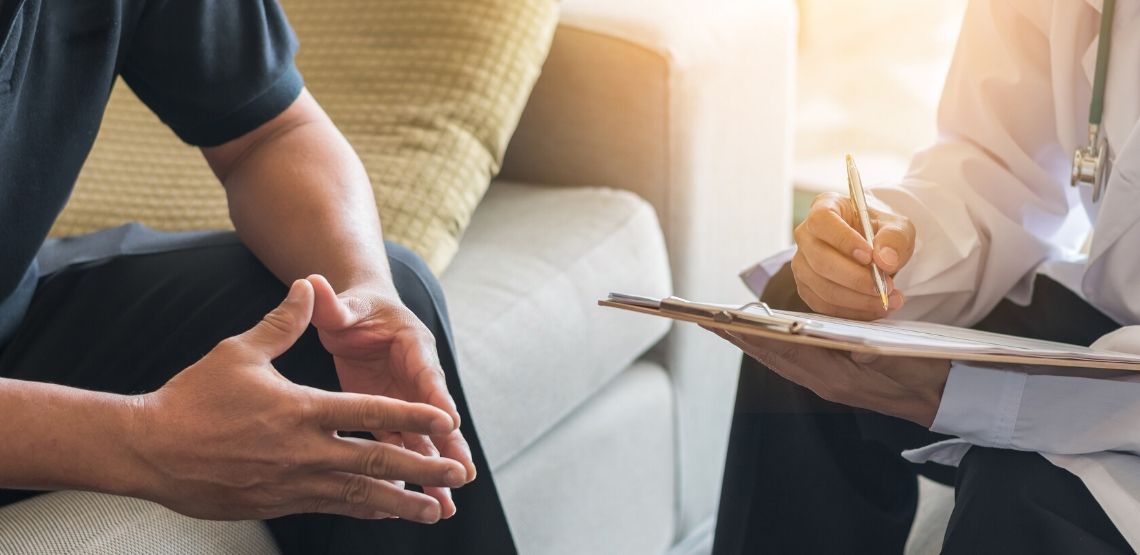How to Stop Nosebleeds
Stopping a nosebleed may be easier than you think. Here’s what you should know about how to stop nosebleeds.
Most nosebleeds can be treated at home with no medical help needed. It is only in certain cases that you need to contact a doctor or other health care professionals.
Types of Nosebleeds
There are two types of nosebleeds: anterior and posterior.
An anterior nosebleed occurs in the front part of the nose, in one or both nostrils. This happens when one or more blood vessels in the nose break and bleed. Anterior nosebleeds can usually be treated quickly and easily at home.
Posterior nosebleeds occur in the deepest part of the nose. If you have one of these nosebleeds, the blood will flow down the back of the throat rather than just through the nostrils. These posterior nosebleeds are usually more serious and require medical attention.
How to Stop a Nosebleed
When you get a nosebleed, it is important to stay calm, as getting nervous can actually make you bleed more. Therefore, try to relax as much as possible. However, do not lie down, but sit upright. It is important to keep your head above your heart.
When experiencing a nosebleed, the best position to be in is sitting slightly forward. This will keep the blood from draining down the back of your throat (and making you nauseous). Use these tips to help stop blood flow:
- Pinch your nostrils closed with your thumb and index finger. Hold your nostrils closed for five to 10 minutes, breathing through your mouth. Because you are putting pressure on the part of your nose that is bleeding, it can make the blood stop flowing.
- Do not touch or blow your nose. This is important to do even if it feels uncomfortable. If you immediately start touching or blowing your nose, your nose can start bleeding again.
- Get rid of blood clots. If your nose does not start bleeding again or only bleeds slightly, you can also try to blow your nose very gently to get rid of blood clots before spraying a decongestant nose spray containing oxymetazoline in both nostrils. Pinch your nose shut for another five to 10 minutes just to make sure that the bleeding has stopped completely.
If your nose does start bleeding again — or keeps on bleeding a lot even after keeping it pinched closed for 10 minutes, you will need to phone your doctor and seek medical help. Keep pinching your nose closed to try and stop the bleeding in the meantime.
Remember to keep your head higher than your heart for the next few hours (don not lie down or bend down) to keep the nosebleed from starting again.
Related Search Topics (Ads)
How to Stop a Nosebleed in Children
Knowing how to stop nosebleeds in children is important. As with the occasional nosebleed in adults, children’s nosebleeds also usually do not mean that you have anything to worry about. Unless there is some form of complication or injury, you can treat the nosebleed at home.
Children usually get nosebleeds between the ages of three and 10 and they are mostly caused by dry air or nose-picking. If the child who is having a nosebleed is younger than two, you should to seek medical advice.
Stopping a child’s nosebleed is very similar to stopping that of an adult. Here are some tips:
- Have your child sit in your lap. This will not only make it easier for you to keep them still while waiting for the bleeding to stop, but it will also help to keep them calm. Remember that nosebleeds can be a scary experience for a young child.
- Tilt their head. Once your child is seated on your lap or next to you, get them to tilt their head slightly forward while pinching their nose closed. If they are old enough, they can pinch their own nose closed, otherwise you may need to do it for them.
- Apply pressure. Keep pressure on the nose and the nostrils closed for about 10 minutes before checking if the bleeding has stopped.
If the bleeding does not stop after 15 minutes, or there is a lot of blood, you will need to seek medical help for your child.
When to Seek Medical Care
You need to seek medical help, if:
- You or someone else, like your child, has nosebleeds often
- A child has pushed something into their nose
- The person who is having a nosebleed bruises easily
- There are other injuries
- The person recently started taking a new medication
- The person is bleeding heavily
- The person is dizzy or feels weak
- The nosebleed is as a result of a fall or a blow to the head
- The bleeding does not stop after two attempts of applying pressure and pinching the nose closed
- The child is younger than two
How to Prevent Nosebleeds
Knowing how to stop nosebleeds is important, but knowing how to prevent them is important too. Not all nosebleeds can be prevented, but here are some steps to take that can lessen nosebleeds that are associated with dry air. These steps include:
- Keeping the inside of your nose moist by using a saline nasal product like a saline nose spray.
- Using a humidifier to moisten the air in your home or even office. The moist air will help to keep the inside of your nose moist.
- Not smoking. This can also irritate the inside of your nasal passages and dry them out, causing nose bleeds.
- Not blowing your nose or rubbing it too hard. You should also not pick your nose.
- Not using cold and allergy medicines too much as they can not only cause nosebleeds, but can actually make them worse. Speak to your doctor about the possible changes in medication you can make if your medication is causing your nose to bleed.


